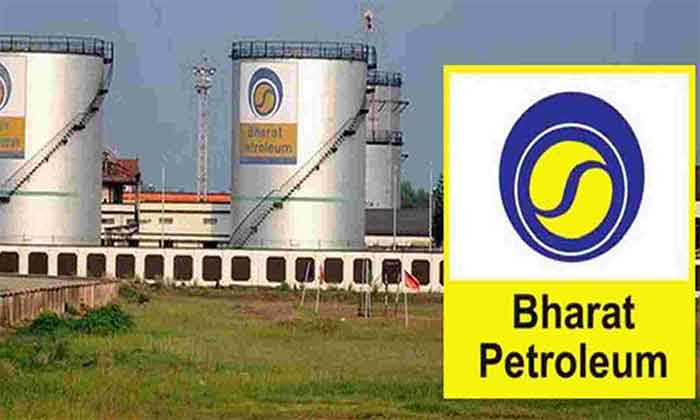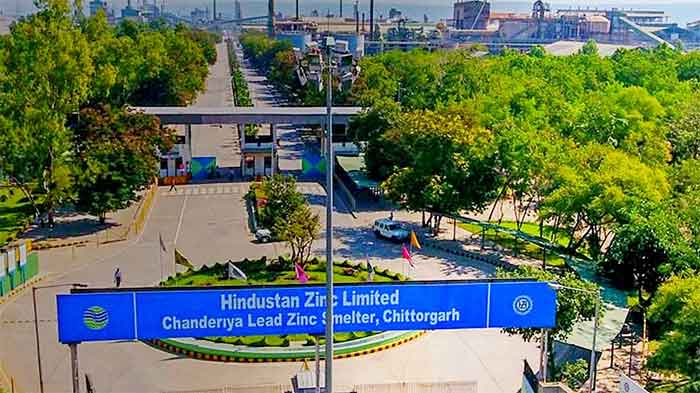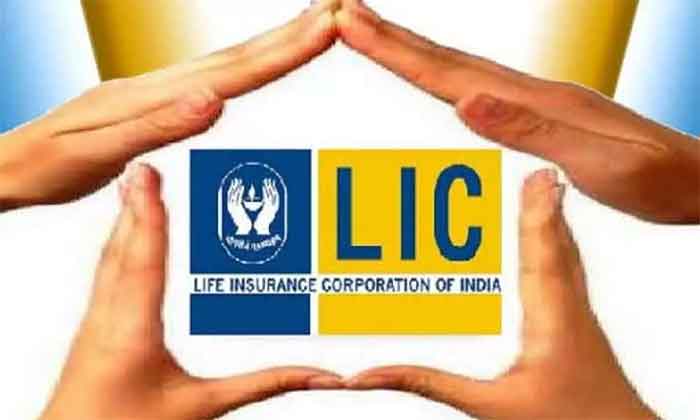
To
Smt Nirmala Sitharaman
Union Finance Minister
Dear Smt Sitharaman,
Your Ministry seems to be rushing into monetisation of assets of the CPSEs without adequate due diligence on the comparative costs and benefits.
For example, I have come across a news report (https://www.livemint.com/industry/infrastructure/govt-asks-oil-psus-to-come-up-with-monetization-plan-11655236473972.html) that your ministry has been persuading the Ministry of Petroleum & Natural Gas (MPNG) to ensure that the Oil PSEs somehow fall in line and raise funds by monetisating their assets.
Apparently, NITI Ayog has proposed that gas pipeline assets valued at ₹24,462 crore should be monetised by the Gas Authority India Ltd. (GAIL) to raise additional resources.
Like most oil CPSEs, GAIL is a Maharatna company with excellent credit ratings. In the last financial year, GAIL paid dividends to the tune of Rs 2220 Crores, out of which your Ministry has benefitted to the extent of Rs 1,142 Crores. As a well-rated CPSE with the backing of its owner, the government, it can raise additional funds, if necessary, at a much lower cost, compared to the highly devious route of monetising its assets to a private company with a lower credit rating, without the backing of the government. This will also force GAIL to lose control over those assets for no valid reason. Has your Ministry, with the support of the excellent team of economists at its command, ever tried to analyse the merit of such a bizarre proposal?
It is ironic that the government should, on the one side, strip the CPSEs of the bulk of the internal surpluses generated by them, by insisting on their paying high dividends to bridge the government’s fiscal deficit and, on the other side, ask the CPSEs to lose control over their assets through monetisation, to raise additional funds on highly disadvantageous terms, perhaps indirectly to divert the same to compensate for the fiscal profligacy of the Central budget.
Your Economic Division will apprise you that the most advantageous way to bridge the fiscal deficit is to cut down unproductive, low-priority items of expenditure to minimise the deficit and borrow directly from the market to access the savings in the economy, rather than adopting the circuitous route of CPSE disinvestment, or monetisation of the CPSE assets, which would not only provide amounts on less advantageous terms but also entail loss of control over the public assets. The idea that “additional resources” would accrue through disinvestment is an illusory one, as even those resources would have to come only from the same pool of savings from which the government borrows. The difference is that such disinvestment proceeds would not only come on less advantageous terms but also it would force the government/ CPSE to lose control over the assets.
Taking the example of one other oil CPSE, BPCL, which was almost about to be sold, it gave dividends as high as Rs 6,665 Crores during 2020-21 alone, most of the same going to the government. It is meaningless for the government to divest its equity in such a profitable company. Providentially, good sense seems to have dawned on DIPAM to stall BPCL’s disinvestment at the last minute.
In all, the CPSEs provided dividends, mostly to the government, to the extent of Rs 15,237 crores during 2020-21 (https://www.newindianexpress.com/business/2021/oct/28/govt-gets-rs-15237-crore-dividends-from-cpses-so-far-this-year-2376687.html). Experience with the privatisation of the CEL and Pawan Hans has shown that most disinvestment adventures end by handing over such excellent CPSEs to non-descript companies with highly dubious antecedents.
The tragedy with the CPSEs today is that the government, their owner, has failed to identify the strategic ones among them and charter a well thought out vision aimed at building self-reliance for the country. CPSEs such as the CIL and the ONGC are required to utilise their surplus internal resources by reinvesting the same in exploring and developing greenfield deposits to be able to enlarge the natural resource base and make the country self-reliant, rather than becoming unduly dependent on imports. Unfortunately, the government has not been able to empower them sufficiently so as to enable them to discharge that responsibility, as a result of which the country has since become heavily dependent on both oil and coal imports. Had the government realised the strategic importance of such CPSEs, it would not have drained their internal resources by forcing them to give dividends at the expense of their being able to adopt a more sustainable long-term vision.
On asset monetisation, I suggest that you listen to the considered views of Rod Sims, the Australian Competition and Consumer Commission Chairman , who cautoned his government not to rush into such an approach without adequate realisation of the huge costs involved (https://www.theguardian.com/australia-news/2021/jul/30/prices-going-up-competition-watchdog-tells-governments-to-limit-asset-sales-as-public-loses-trust).
Your Ministry should weigh the pros and cons of asset monetisation before obstinately asking the administrative ministries to implement it at any cost.
Regards,
Yours sincerely,
E A S Sarma
Former Secretary to Govt of India
Visakhapatnam














































